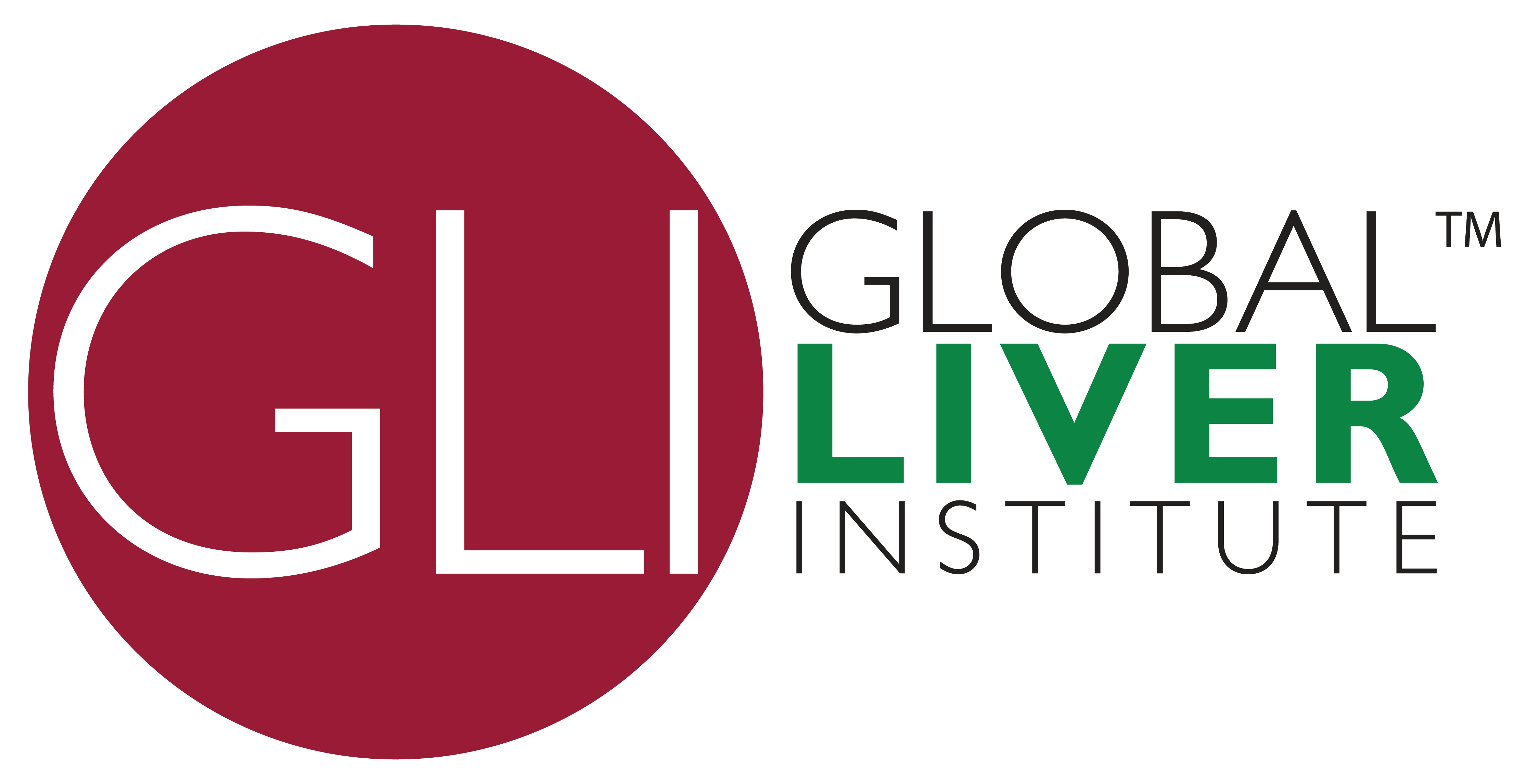Clinical Care Guidelines & Guidances in NAFLD/NASH
Nonalcoholic fatty liver disease (NAFLD) is the leading cause of chronic liver disease globally, affecting 1 in 4 people. Of that, 1 in 5 will develop a more advanced form known as nonalcoholic steatohepatitis (NASH), which can progress to advanced liver fibrosis, cirrhosis, or liver cancer. NASH is among the top causes of liver cancer and the second most common indication for liver transplantation in the United States after hepatitis C.
| American Gastroenterological Association (AGA) | American Association of Clinical Endocrinology (AACE) | American Association for the Study of Liver Disease (AASLD) |
|
Released September 2021 |
Released May 2022 |
Released January 2023 Practice Guidance on the Clinical Assessment and Management of Nonalcoholic Fatty Liver Disease |
| An expert panel assembled by the AGA developed a clinical care pathway providing explicit guidelines on screening, diagnosis, and treatment of NAFLD. It is intended to be used in any setting where patients with NAFLD receive care, such as primary care, endocrine, obesity, and gastroenterology practices. | This guideline was developed by the AACE and co-sponsored by the AASLD to provide evidence-based recommendations regarding the diagnosis and management of NAFLD and NASH to endocrinologists, primary care clinicians, health care professionals, and other stakeholders. | This practice guidance was developed by the AASLD and provides actionable statements to support providers with the information and pathway for serving liver patients with NAFLD/NASH. |
|
Key Takeaways |
- People at risk for NAFLD should be identified. Risk factors include: clinically significant fibrosis (scar tissue), patients with type 2 diabetes, more than two metabolic disorders (e.g. hypertension, dyslipidemia, obesity, etc.), patients with incidental finding of hepatic steatosis (fatty liver) or high levels of aminotransferase in the blood.
- People at risk should undergo noninvasive testing for liver fibrosis using fibrosis-4 (FIB-4) and liver stiffness measurement (LSM).
- Management of NAFLD or NASH should be done with multidisciplinary healthcare teams that include a primary care physician, hepatologist, gastroenterologist, and endocrinologist, as needed.
- People at indeterminate risk should be managed similarly to patients at high risk.
- Proper management of other comorbidities/conditions (heart disease, type-2 diabetes, etc.) is the best way to prevent further fibrosis in the low risk group.
- Lifestyle modification is the preferred way to manage NAFLD/NASH long-term.
- People at high risk for NAFLD and advanced fibrosis should be screened. Risk factors include obesity, prediabetes, type 2 diabetes, metabolic syndrome, hepatic steatosis on imaging, and elevated liver enzymes for greater than 6 months.
- NAFLD and liver fibrosis risk can be calculated and predicted using the FIB-4 test. Patients with type 2 diabetes can be screened for liver fibrosis using FIB-4 regardless of whether their liver enzymes are elevated (calculation based on the patient’s age and plasma liver enzymes aspartate transaminase (AST) and alanine transaminase (ALT).
- Those with persistently high liver enzymes, hepatic steatosis, or evidence of advanced liver disease should be referred to a specialist.
- Individuals with obesity and NAFLD should receive lifestyle counseling, including for weight loss.
- In individuals with both NASH and type 2 diabetes, pioglitazone and glucagon-like peptide-1 receptor agonists (GLP-1 RA’s) should be considered.
- Weight management medications (semaglutide or liraglutide) are recommended when someone has NAFLD or NASH and a BMI of >27 kg/m2.
- Individuals with a BMI of 35 kg/m2 with NAFLD may benefit from bariatric surgery. When considering bariatric surgery, one should be assessed for NASH presence and severity.
- Children and adolescents with type 2 diabetes should have their liver enzymes tested according to their age to determine whether they have NAFLD.
- People with high risk factors, such as those with type 2 diabetes, family history of cirrhosis, heavy alcohol consumption, and medically complicated obesity, should be screened for advanced fibrosis as well as first-degree relatives of patients with NASH cirrhosis.
-
- General population-based screening for NAFLD is not recommended.
- Alcohol intake should be assessed regularly in NAFLD patients, as it can accelerate disease progression, whereas patients with significant fibrosis in their liver tissue should abstain from alcohol use completely.
- Individuals with moderate or high risk of advanced disease should undergo risk assessment with FIB-4.
- Due to cost considerations, noninvasive methods such as vibration-controlled elastography (VCTE) and ultrasound-based methods are preferred over magnetic resonance elastography (MRE) for secondary assessments in the primary care setting.
- Noninvasive identification using magnetic resonance imaging-proton density fat-fraction (MRI-PDFF) is accurate in identifying and quantifying hepatic steatosis (liver fat) although it can be costly.
- For those who meet criteria for metabolic weight loss surgery, bariatric surgery can effectively resolve NAFLD or NASH in most patients who have not yet developed cirrhosis.
- People with NAFLD should be recommended a diet that leads to a calorie deficit, limiting carbohydrates and saturated fats and encouraging high fiber and unsaturated fats.
- Those with NAFLD should be recommended to an individualized exercise regiment that promotes physical activity and sustainable weight loss.
|
Additional Considerations |
|
|
|
|
||
